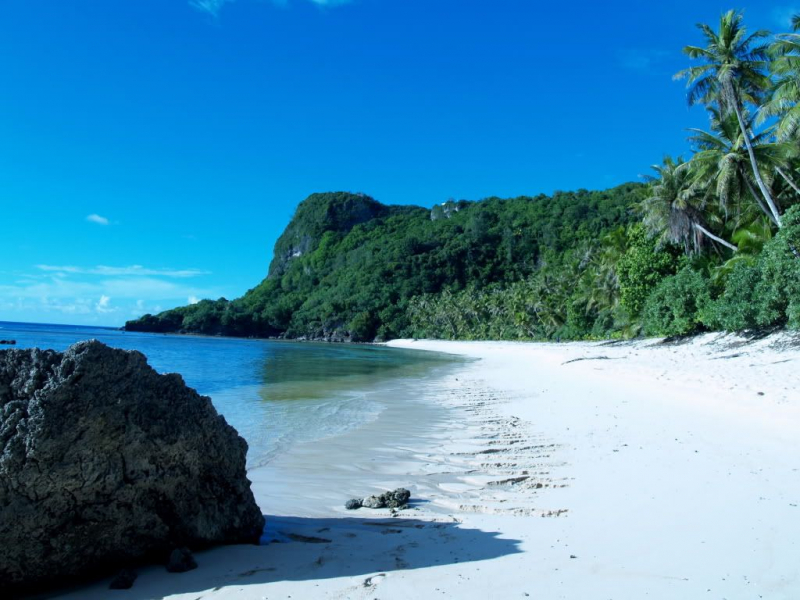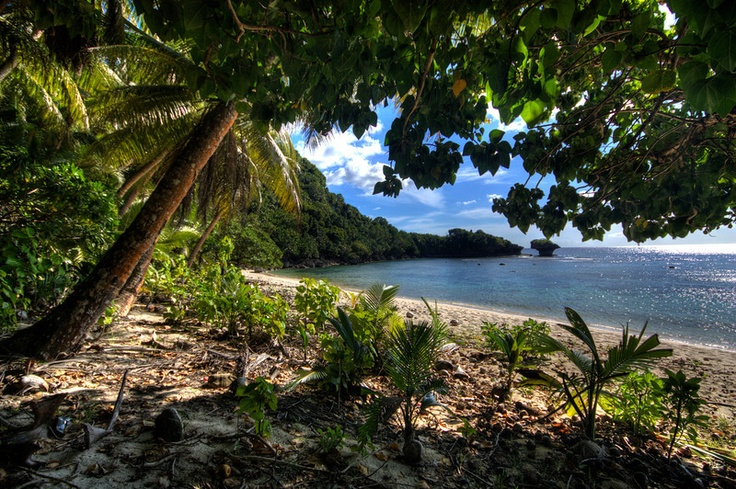Haputo Beach
Situated in northeastern Guam, the Haputo Beach Site is an ancient village site. Standing latte stones, as well as rock shelters and caves with traces of human use, can be seen on Naval Computer and Telecommunications Station Guam territory near a sheltered bay. The main route passes through the Navy's Haputo Ecological Preserve, therefore entrance to the site requires military authorization. In 1974, the site was added to the National Register of Historic Places.
Haputo was established as an ecological reserve in 1984, with 252 acres of coral reef and limestone woodland. The Guam and National Registers of Historic Places both list Haputo. The settlement of Haputo or Apoto was burned down by Spanish soldiers in 1678, according to historical chronicles. The remaining occupants of Haputo and all of Guam's northern villages were forced to relocate to Hagta in 1680. Despite the fact that the settlement had been abandoned, it was nevertheless named and located on early European maps of Guam.
While Guam has thousands of stunning and pristine beaches along its coastlines, one beach is on another level entirely. It's a wonder it hasn't gotten more attention. Haputo Beach is naturally maintained by Mother Nature herself, with soft white sand, no rocks, and plenty of trees to settle behind. It would find no competition from Tumon Bay beaches, or any other for that matter.
Location: Dededo








